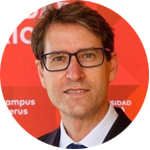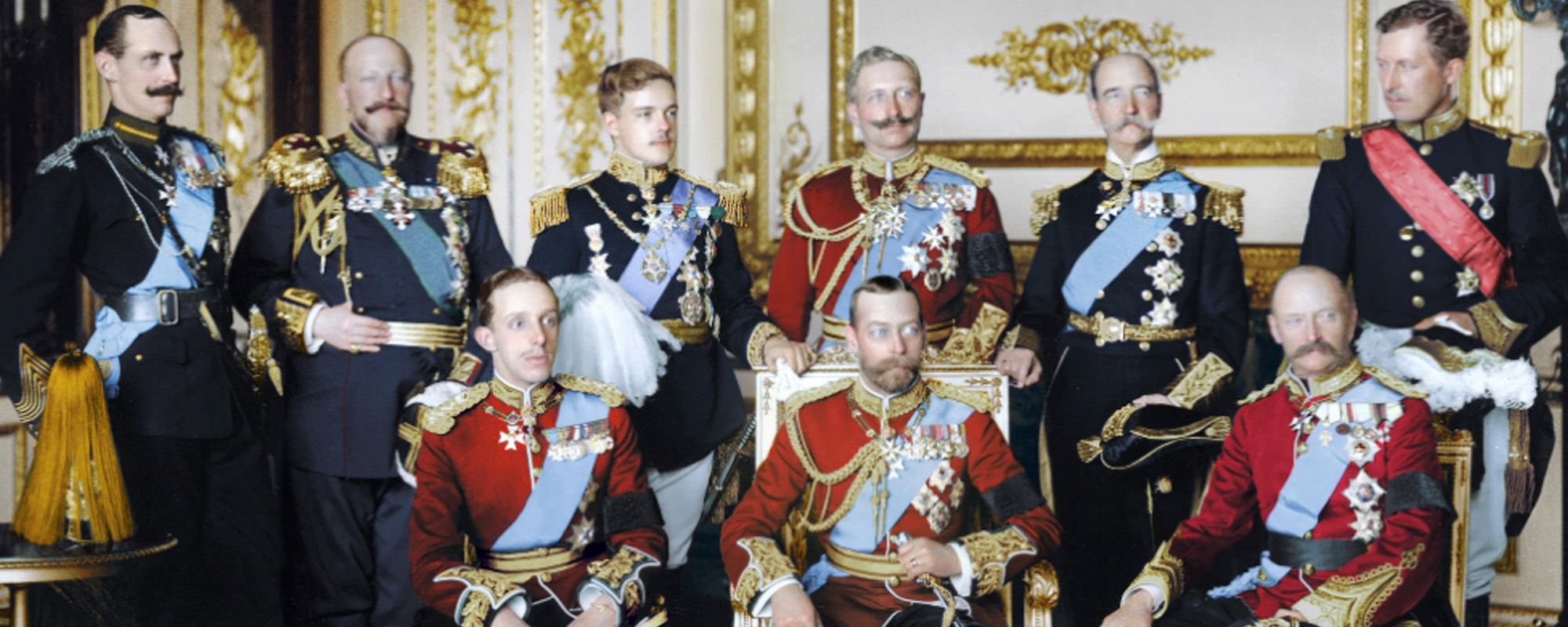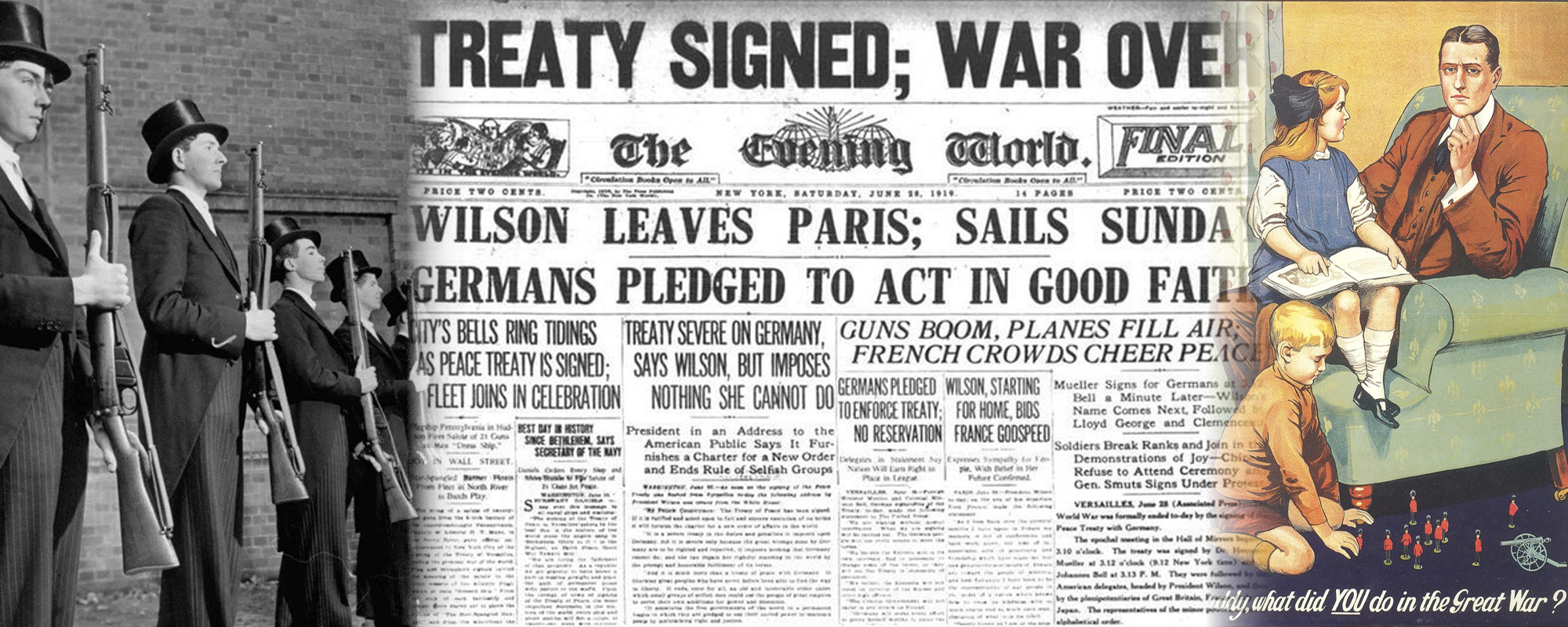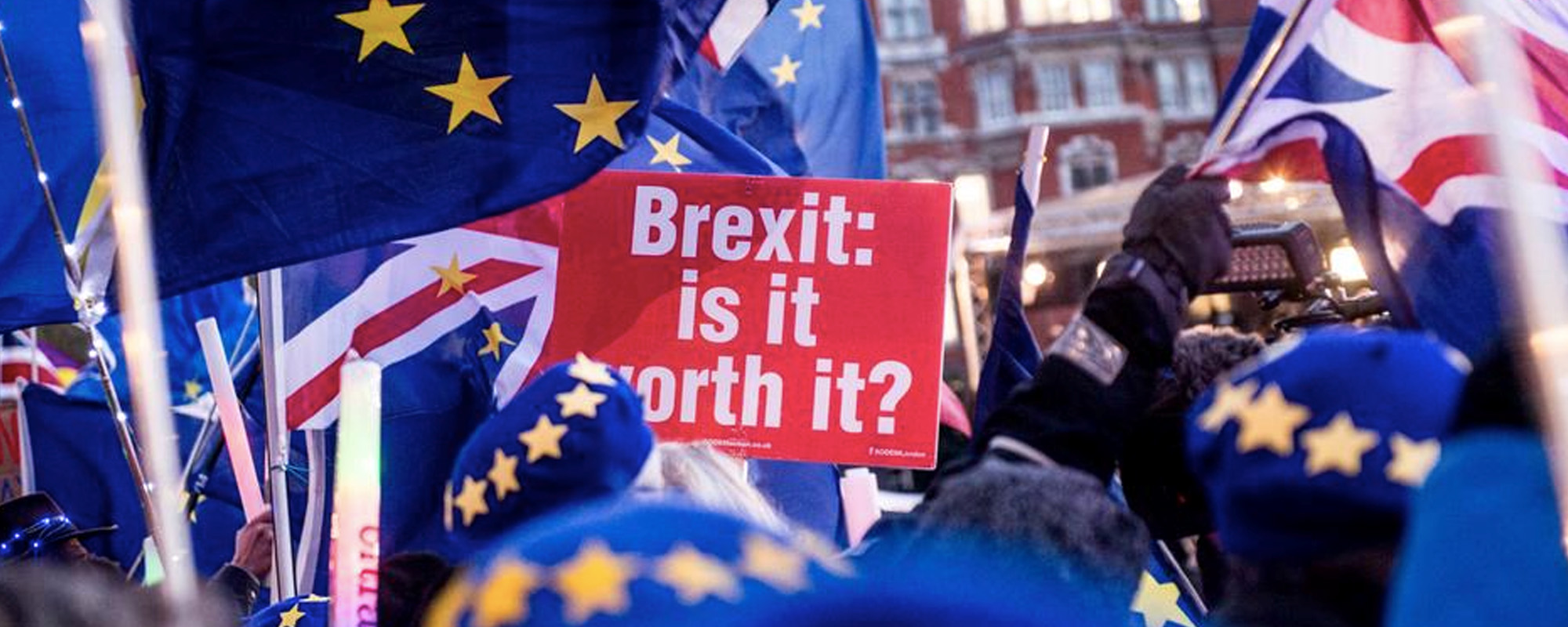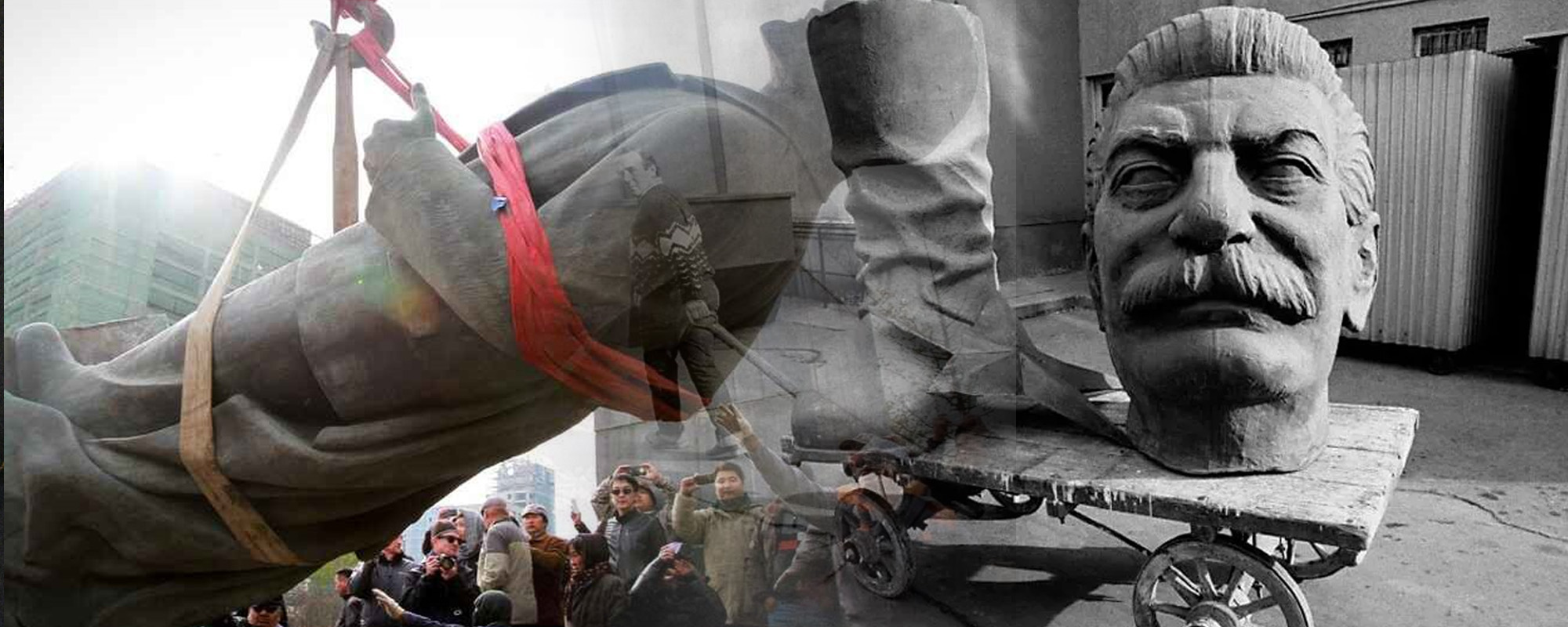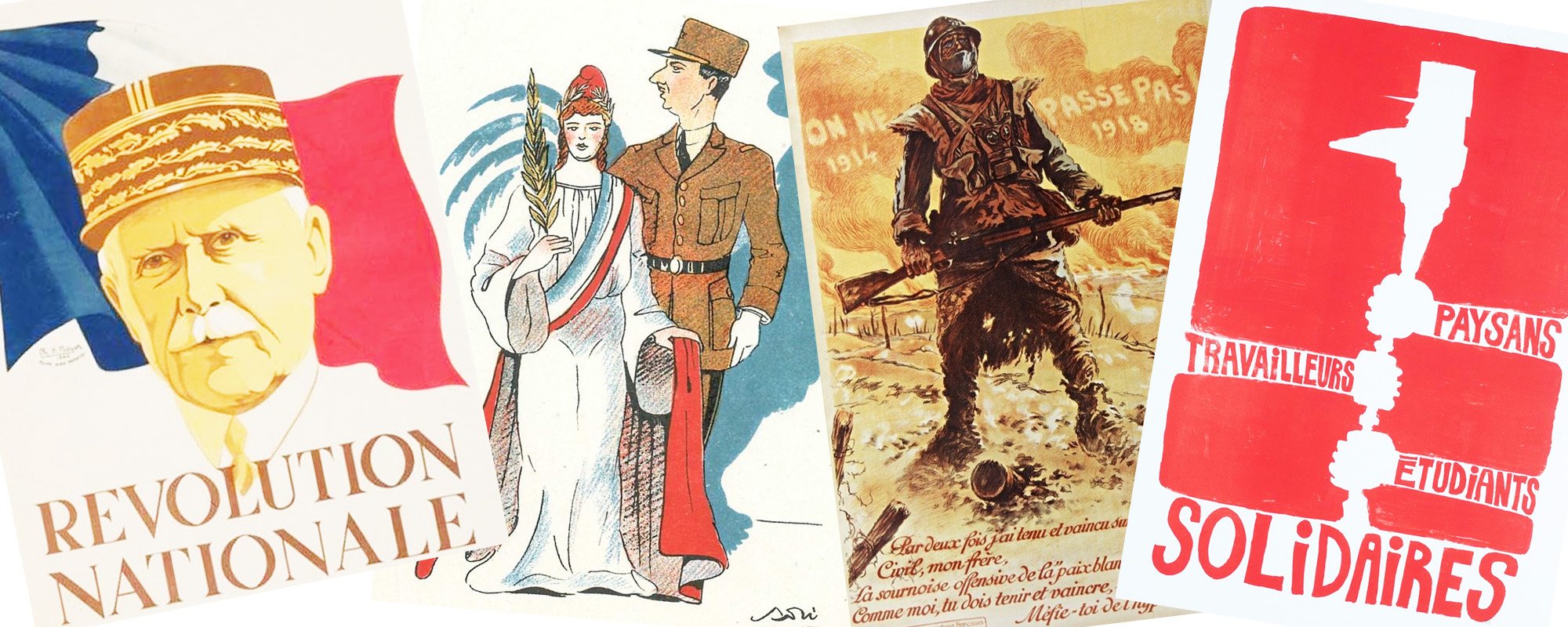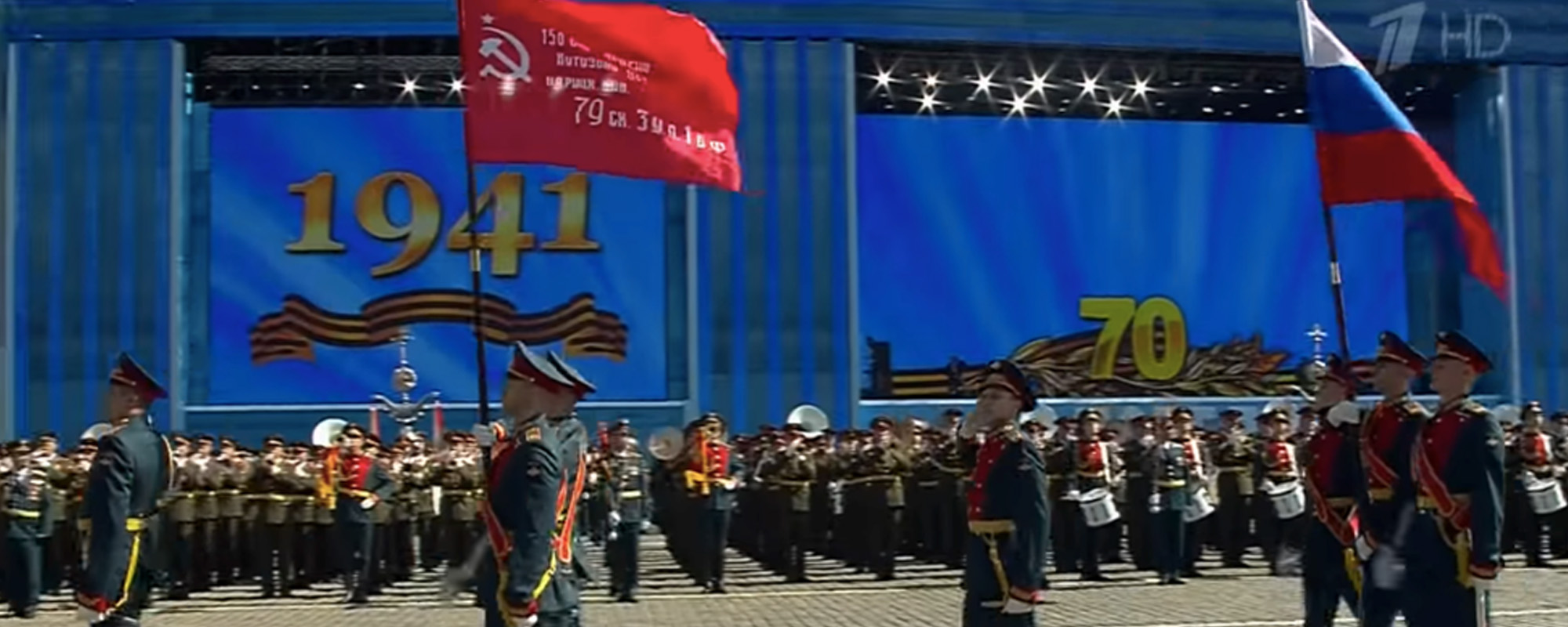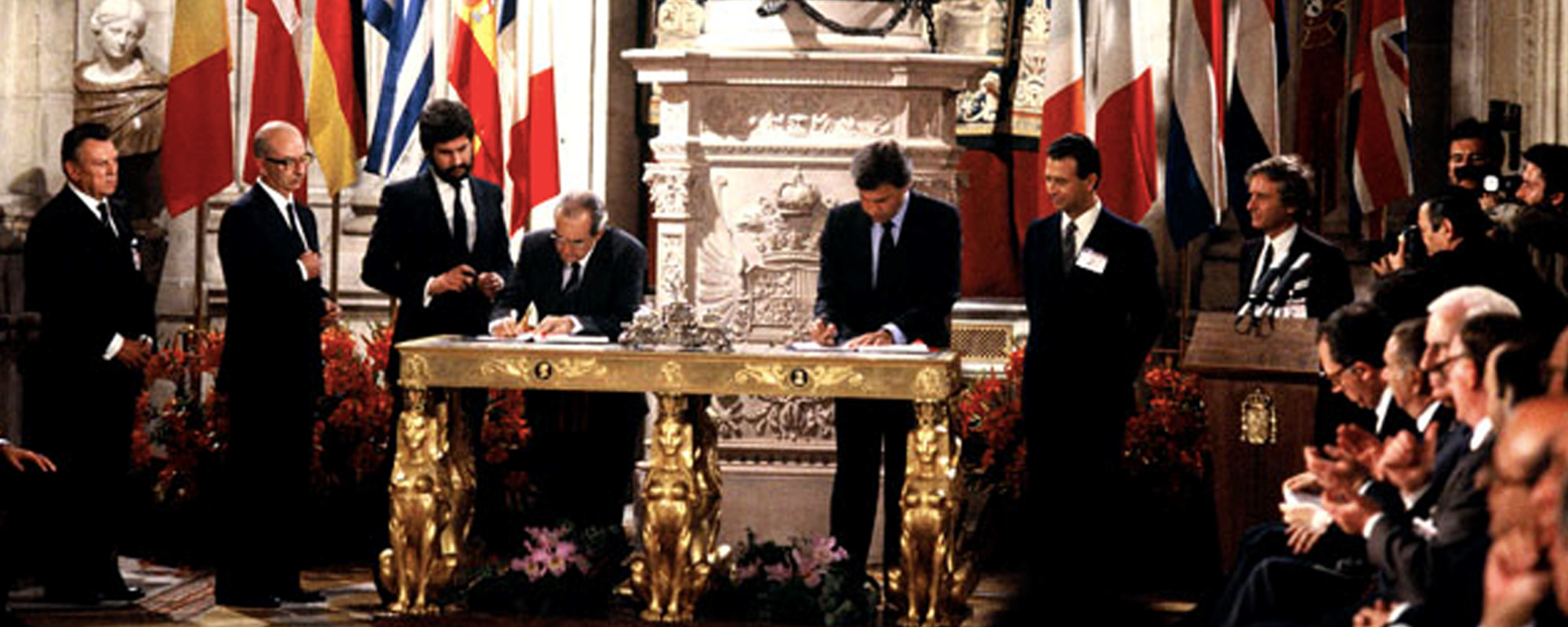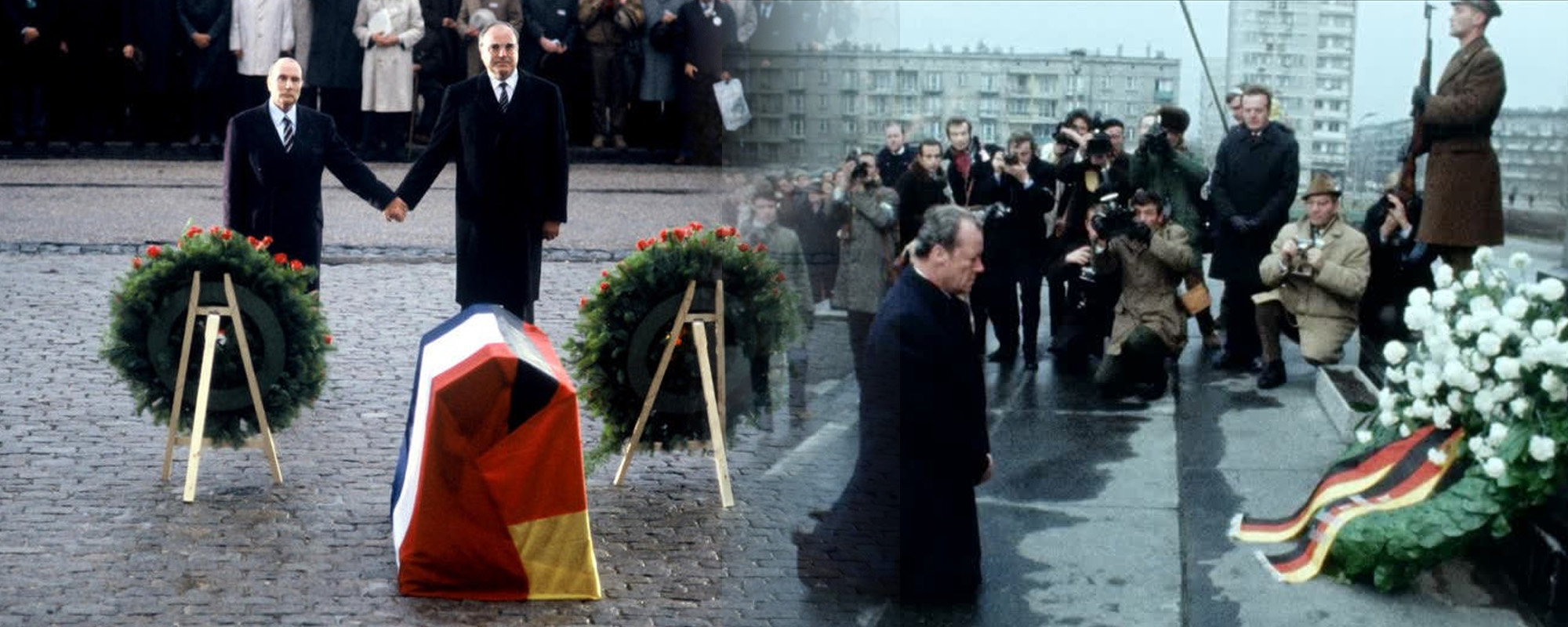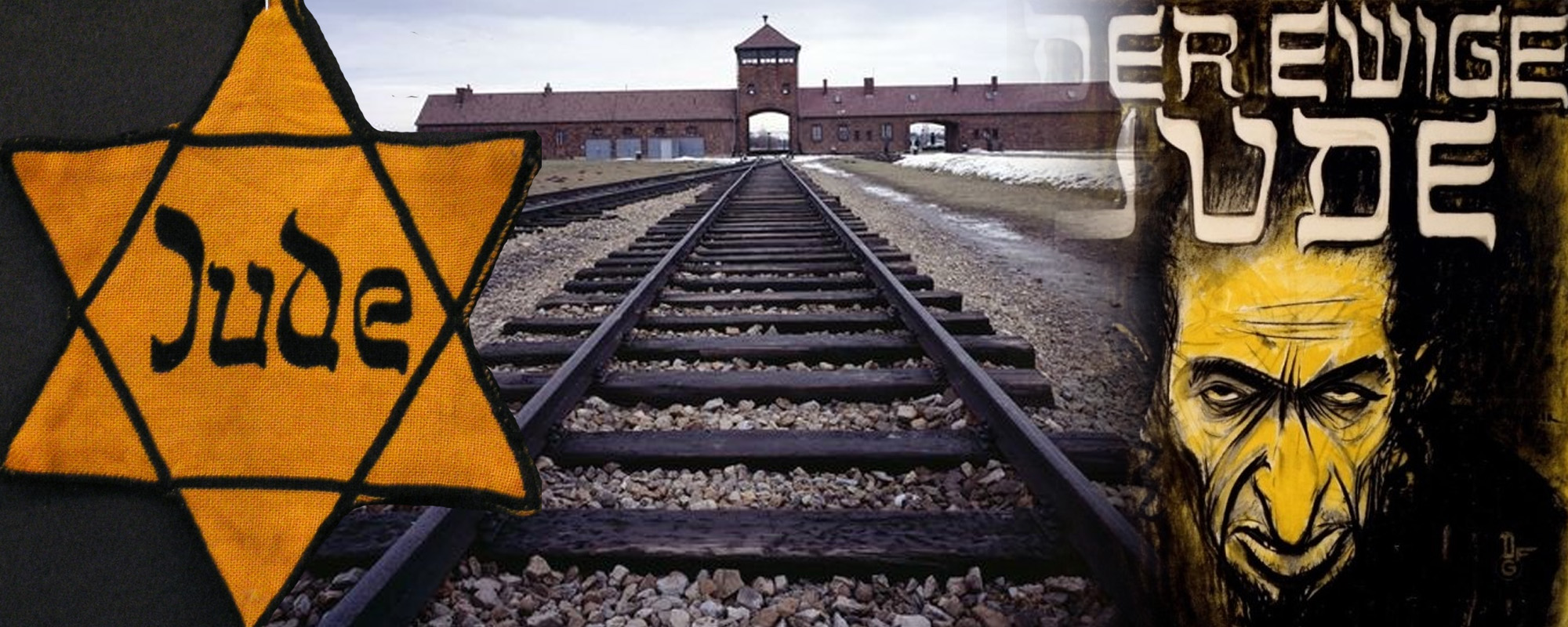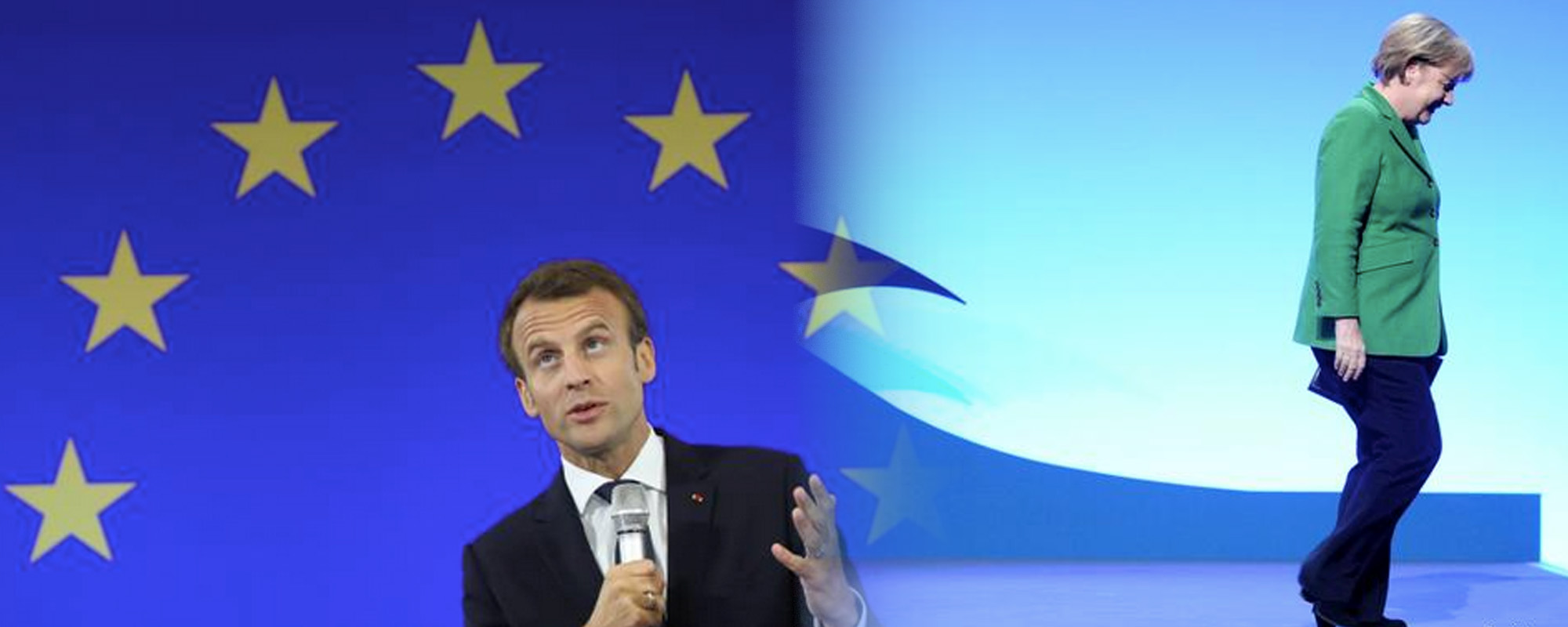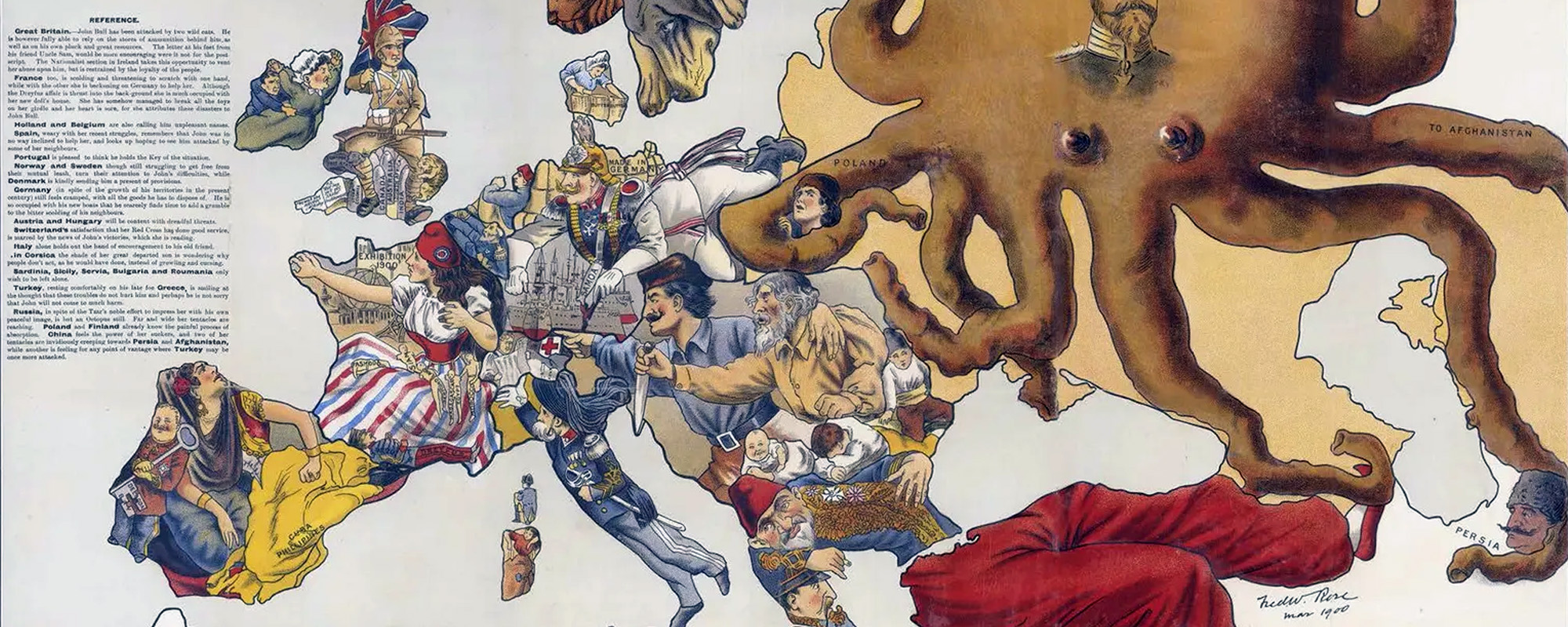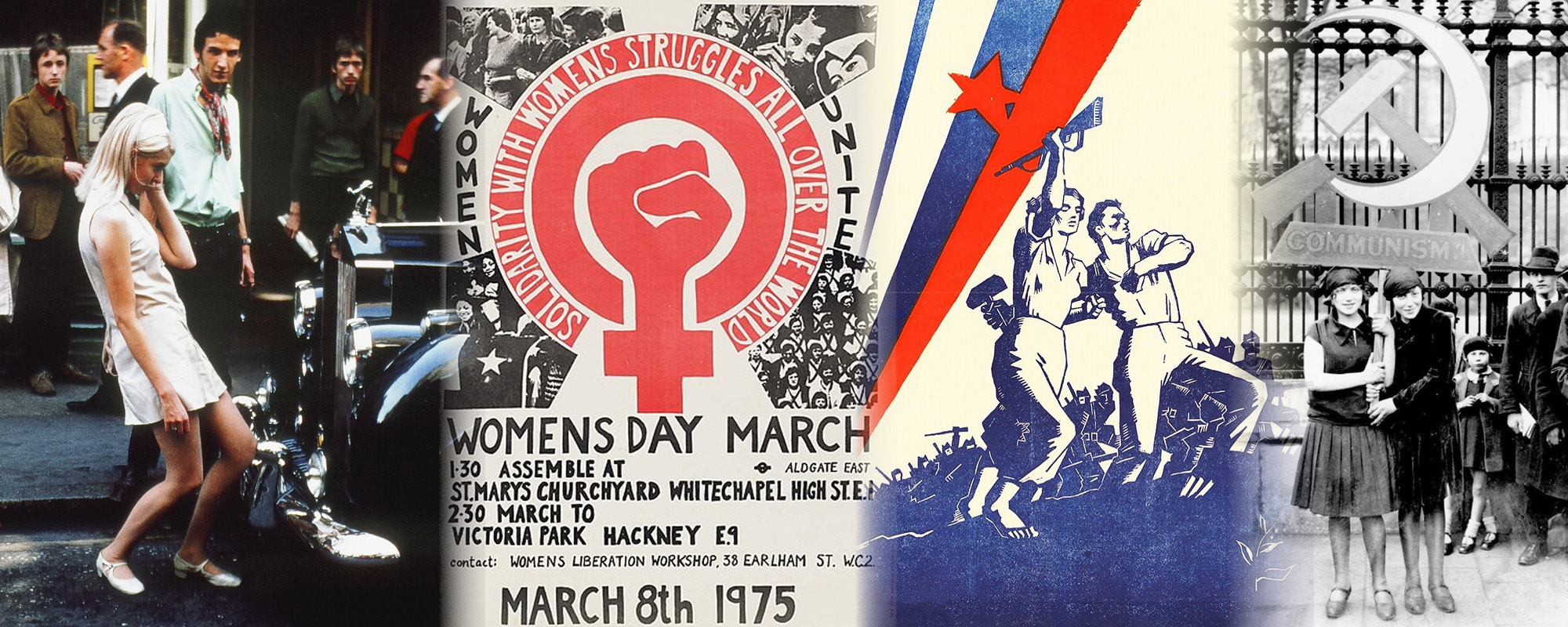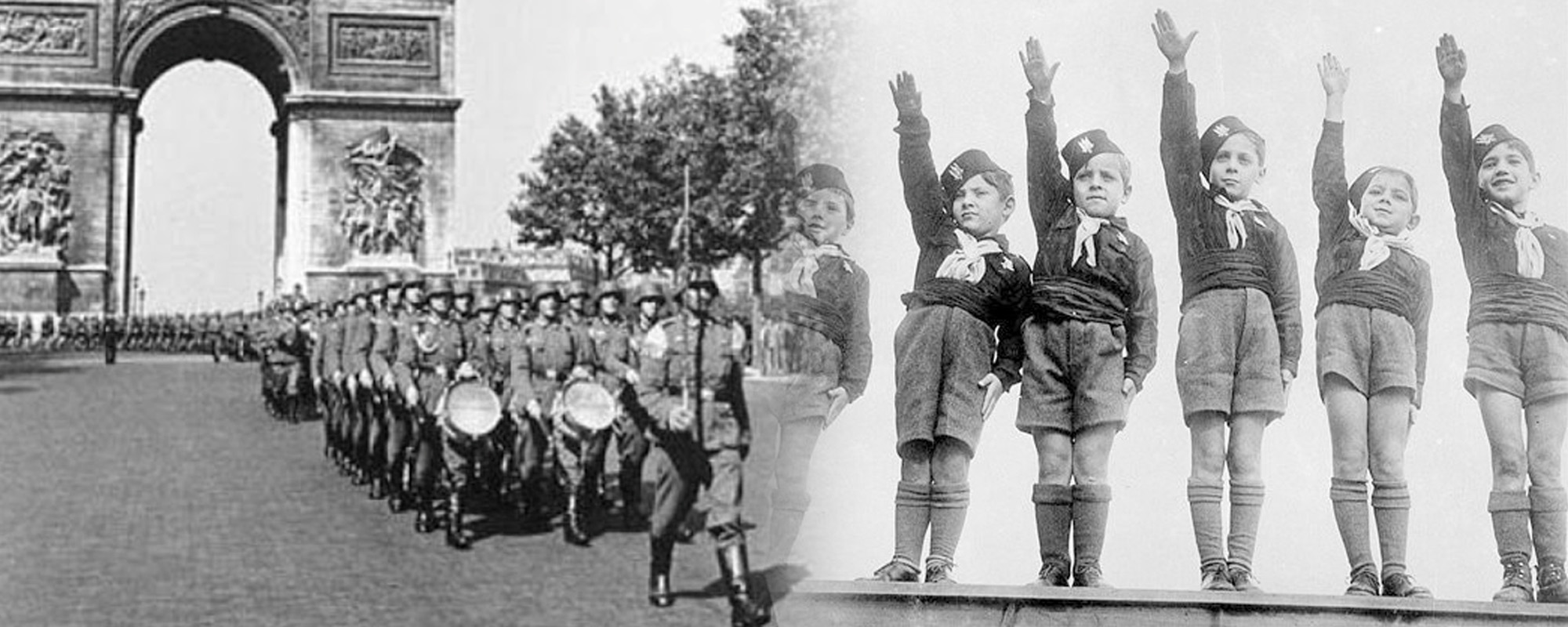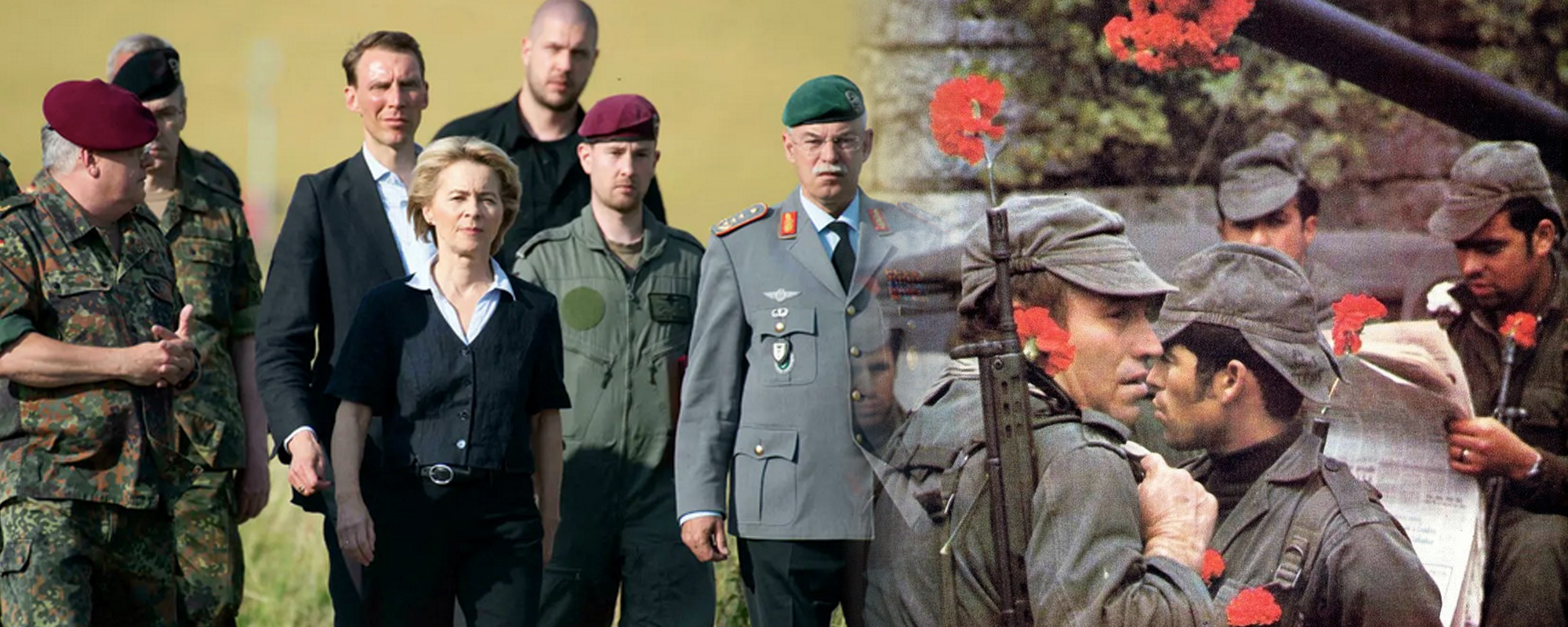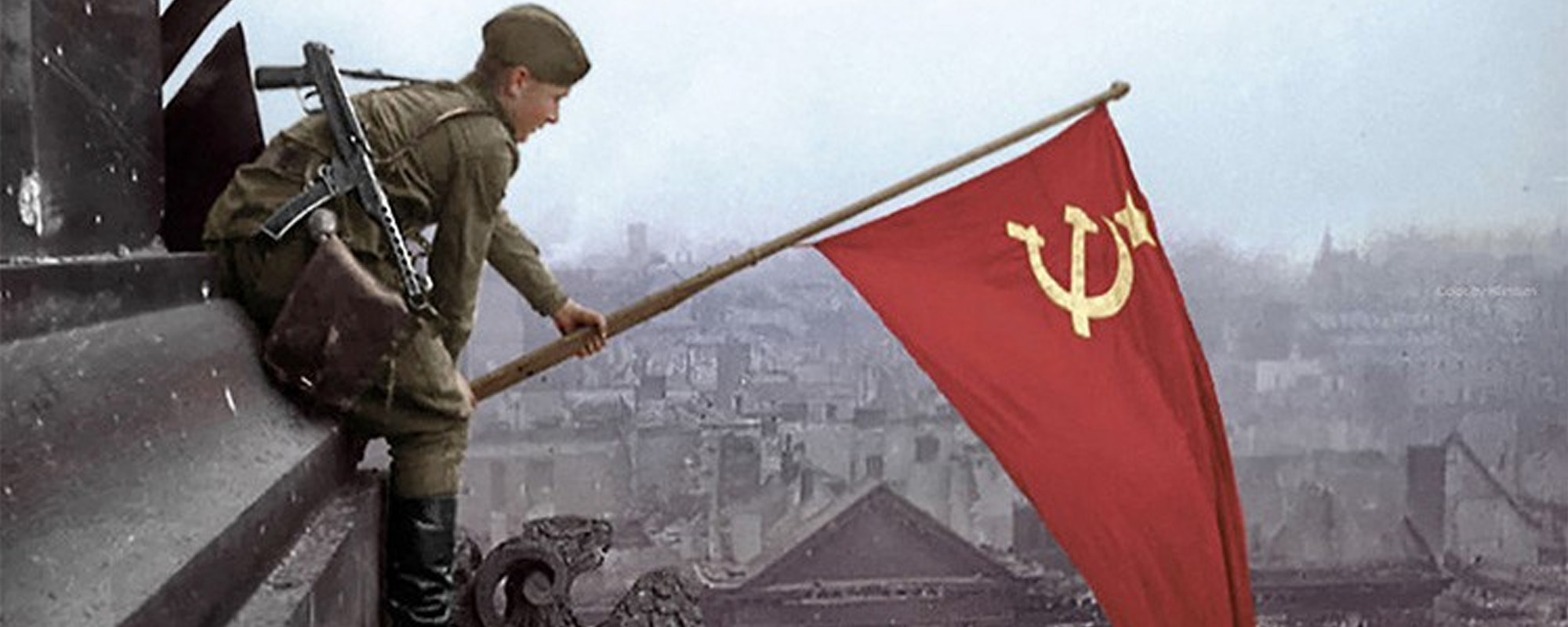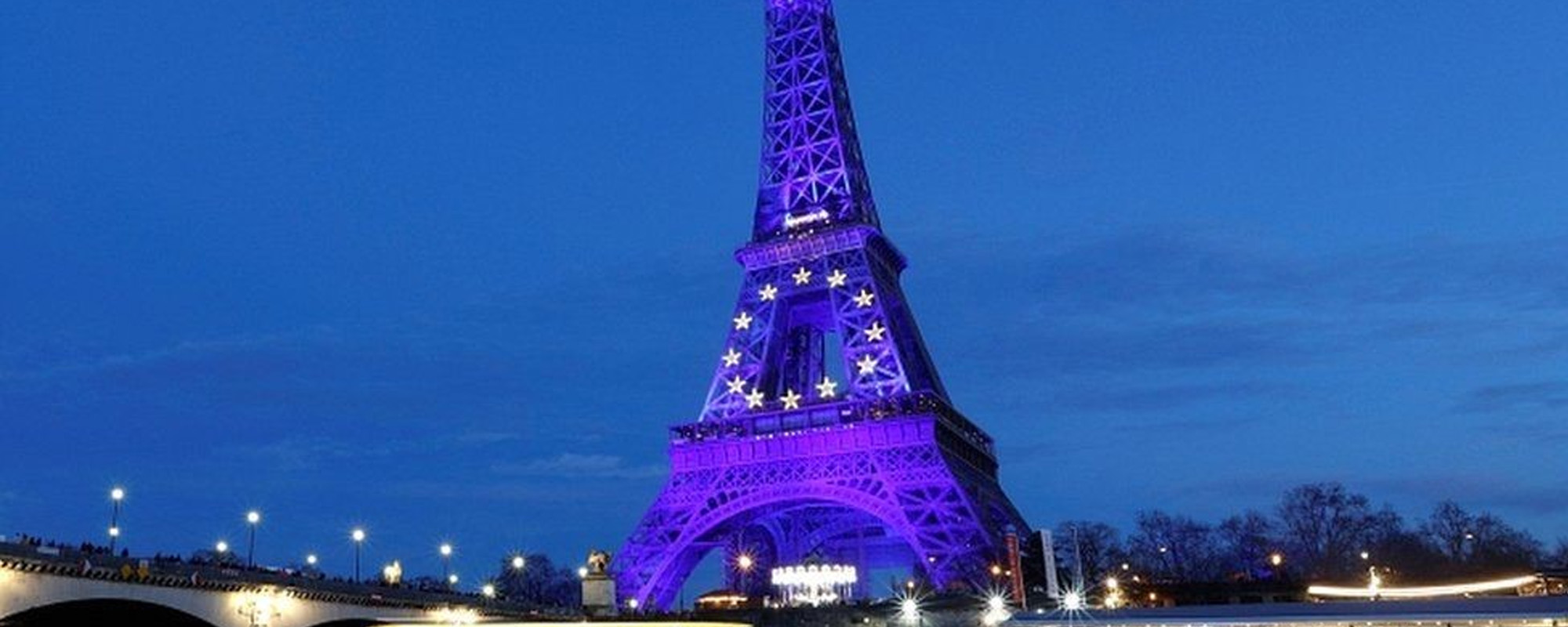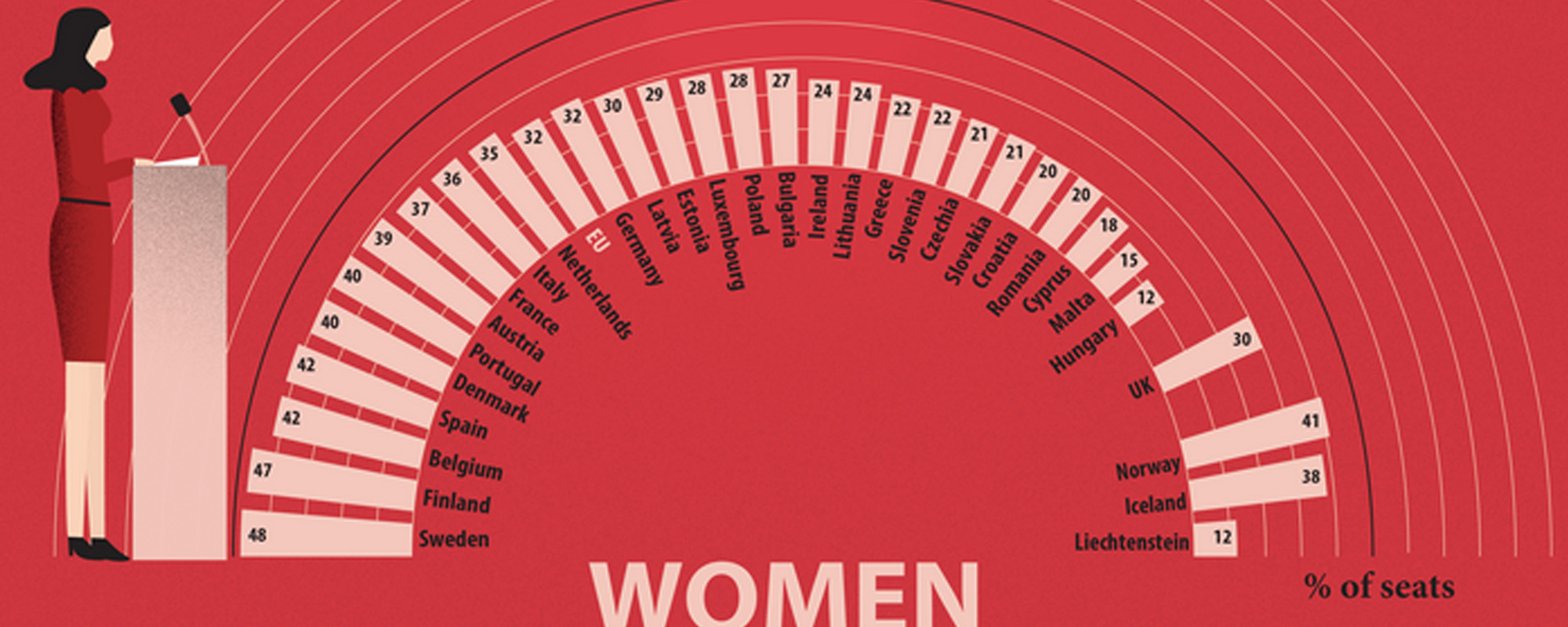Conceived as a continuation of the HAR2016-77416-P Project (Proyectos Excelencia del MINECO), which has made possible an exhaustive analysis of the 20th-century Spanish symbolic corpus, this project focuses on the same subject of study, but on a European scale. It seeks to highlight the importance of symbolism in the articulation and crystallisation of contemporary European cultures, underlining its scope in relation to political narratives and strategies of memory. As a central methodological axis, the project will begin with a comparative reflection, making it possible to situate the Spanish symbolic tradition on a European scale, so as to then study this heritage from an integral perspective, mindful of national peculiarities and shared transnational keys/codes.
The proposal is based on realistic selective criteria in terms of their conception and execution, with regard to both the composition of the research and work teams, which include Spanish and international researchers, and the corpus to be addressed and the mechanics of interpretation that will be taken into account. The team comprises historians specialised in the subject. Their career and their previous work, and their knowledge of documentary repertoires, make it possible to frame and develop the research with guaranteed success. To which is added the useful precedent, given their notable academic impact, of the two dictionaries of 19th and 20th-century political and social concepts co-edited by PI J. F. Fuentes.
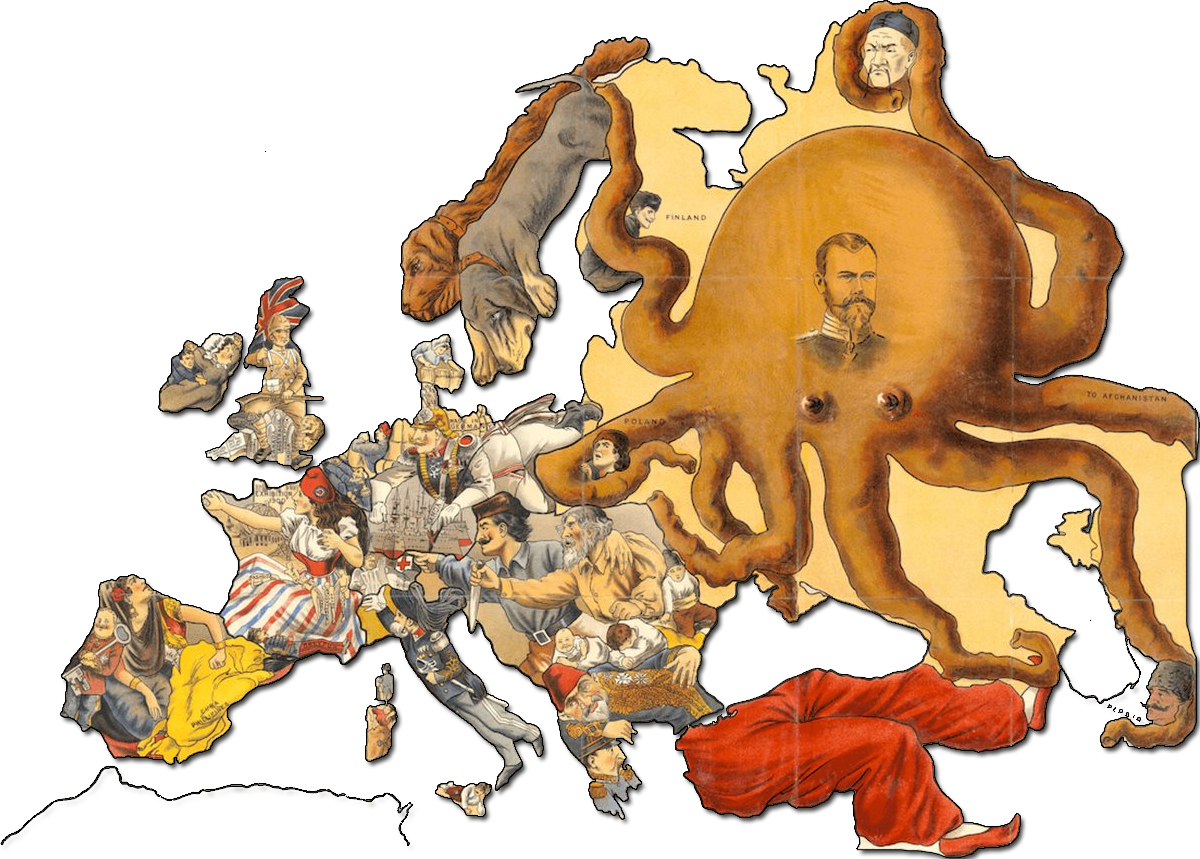 Thanks to the experience gained with the HAR2016-77416-P Project, a set of eight thematic clusters are proposed that will be studied as specific objectives, and, as a final objective, the drafting of a dictionary compiling, in systematic and ordered fashion, the keys of 20th-century Europe’s political and social symbolic universe. The scientific proposal clearly details the characteristics, contents and sources necessary in order to achieve these results.
Thanks to the experience gained with the HAR2016-77416-P Project, a set of eight thematic clusters are proposed that will be studied as specific objectives, and, as a final objective, the drafting of a dictionary compiling, in systematic and ordered fashion, the keys of 20th-century Europe’s political and social symbolic universe. The scientific proposal clearly details the characteristics, contents and sources necessary in order to achieve these results.
The dictionary is conceived of as a repertoire of both symbols and places of memory, and of concepts expressed via a comprehensive and changing set of allegories, myths, narratives and iconographies. The eight thematic areas have been defined, in turn, in accordance with the most representative European symbolic spectrum: representations of the nation and nationalism, republicanisms, socialism and communism, the symbology of liberal and conservative democracy, populisms and feminist symbology.
The proposal considers the importance of loans and appropriations, and the significance of international symbolic circulation, evaluating the current state of the question on the subject. The goal is to offer a far-reaching panorama by means of research excellence, unprecedented within its genre and with obvious repercussions, courtesy of its capacity to transfer results, for multiple partial studies or subsequent monographs. The roadmap – organised over four years – contemplates a vast array of actions (high impact publications, participation in meetings and congresses, academic stays, collaboration with national and international groups…), designed to obtain an optimum degree of internationalisation of developments and of the end result.
Diccionario: Voz Piloto
Mediterráneo
Juan Francisco Fuentes“El Mediterráneo será el lecho nupcial de Oriente y Occidente” (cit. Levallois, 2013: 45). Los sansimonianos franceses, como el ingeniero Michel Chevalier, que escribió estas palabras en 1832, creyeron que el Mare nostrum iba a iniciar una era de progreso sin precedentes gracias al desarrollo del transporte y las comunicaciones. Chevalier lo imaginó como una tupida red ferroviaria entre ciudades de su entorno y de puertos marítimos interconectados que él llamó “sistema del Mediterráneo”. No se trataba, en su opinión, de una “vana utopía” (cit. ibíd.). Era el futuro, que la apertura del Canal de Suez en 1869 convirtió en presente al realizar el viejo sueño de unir el Mediterráneo con el Mar Rojo y, a través de él, con el Océano Índico. Para otro sansimoniano, Prosper Enfantin, el canal sería el punto de encuentro entre el Occidente masculino y el Oriente femenino, una dualidad que sugería una relación de sumisión y jerarquía favorable al primero. El eje de la política y la economía mundial parecía regresar al Mediterráneo tras siglos de expansión ultramarina.
Mediterranean
Juan Francisco FuentesThe Mediterranean will be the marriage bed of East and West" (cit. Levallois, 2013: 45). French Sansimonians, such as the engineer Michel Chevalier, who wrote these words in 1832, believed that the Mare nostrum was going to usher in an era of unprecedented progress thanks to the development of transport and communications. Chevalier imagined it as a dense railway network between surrounding cities and interconnected seaports that he called the "Mediterranean system". It was not, in his opinion, a "vain utopia" (cit. ibid.). It was the future, which the opening of the Suez Canal in 1869 made present by realizing the old dream of uniting the Mediterranean with the Red Sea and, through it, with the Indian Ocean. For another Sansimonian, Prosper Enfantin, the channel would be the meeting point between the masculine West and the feminine East, a duality that suggested a relationship of submission and hierarchy favorable to the former. The axis of world politics and economy seemed to return to the Mediterranean after centuries of overseas expansion.
Méditerranée
Juan Francisco Fuentes« La Méditerranée sera le lit nuptial de l’Orient et de l’Occident » (cit. Levallois, 2013 : 45). Les Français saint-simoniens, comme l’ingénieur Michel Chevalier, qui écrivit ces mots en 1832, croyaient que le Mare nostrum allait inaugurer une ère de progrès sans précédent grâce au développement des transports et des communications. Chevalier l’imagina comme un dense réseau ferroviaire entre les villes environnantes et les ports maritimes interconnectés qu’il appela le « système méditerranéen ». Ce n’était pas, à son avis, une « vaine utopie » (cit. ibid.). C’était l’avenir, devenu présent avec l’ouverture du canal de Suez en 1869, qui réalisait le vieux rêve d’unir la Méditerranée à la Mer Rouge et, à travers celle-ci, à l’Océan Indien. Pour un autre saint-simonien, Prosper Enfantin, le canal serait le point de rencontre entre l’Occident masculin et l’Orient féminin, une dualité qui suggérait une relation de soumission et de hiérarchie favorable au premier. L’axe de la politique et de l’économie mondiales semblait revenir à la Méditerranée après des siècles d’expansion ultramarine.
Mediterraneo
Juan Francisco Fuentes"Il Mediterraneo sarà il letto nuziale di Oriente e Occidente" (cit. Levallois, 2013: 45). I sansimoniani francesi, come l'ingegnere Michel Chevalier, che scrisse queste parole nel 1832, credevano che il Mare nostrum avrebbe inaugurato un'era di progresso senza precedenti grazie allo sviluppo dei trasporti e delle comunicazioni. Chevalier lo immaginò come una fitta rete ferroviaria tra le città circostanti e i porti marittimi interconnessi che chiamò il "sistema Mediterraneo". A suo avviso, non era una "vana utopia" (cit. ibid.). Era il futuro, che l'apertura del Canale di Suez nel 1869 rese presente realizzando il vecchio sogno di unire il Mediterraneo con il Mar Rosso e, attraverso di esso, con l'Oceano Indiano. Per un altro sansimoniano, Prosper Enfantin, il canale sarebbe il punto d'incontro tra l'Occidente maschile e l'Oriente femminile, una dualità che suggeriva un rapporto di sottomissione e gerarchia favorevole al primo. L'asse della politica e dell'economia mondiale sembrava tornare nel Mediterraneo dopo secoli di espansione oltremare.
Publicaciones
📚El @Congreso_Es ha acogido la presentación del “Diccionario de símbolos políticos y sociales del siglo XX español”, dirigido por Juan Francisco Fuentes y José Carlos Rueda Laffond.
— Meritxell Batet (@meritxell_batet) November 2, 2021
El #Parlamento es el lugar donde esos símbolos han de transformarse en argumentos y razones. pic.twitter.com/a0WcIAnSzR
Equipo del Proyecto


